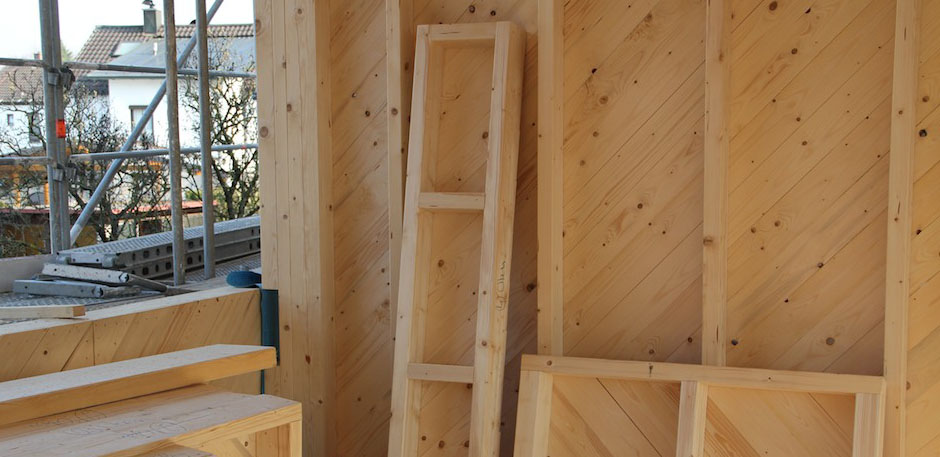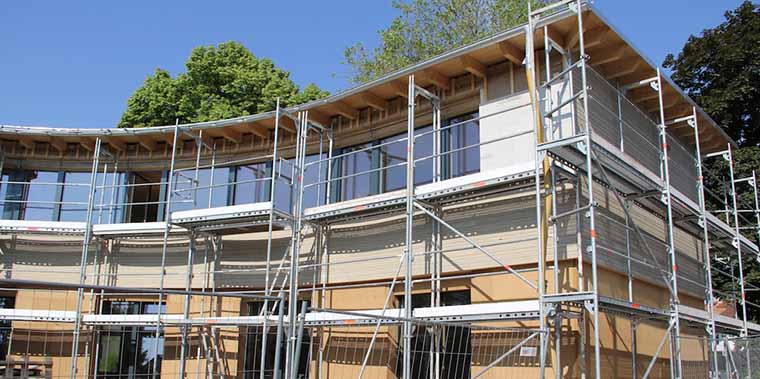
Everyone talks about energy-efficient buildings and remodeling. However, the environmental performance of building materials and components is often overlooked. This includes the environmental impact across the life cycle, from resource extraction and manufacturing to use, reuse, recycling, and finally disposal.

There are different options on how to preserve wood: we either combine knowledge with nontoxic or low-toxic treatments, or we use aggressive toxic chemical treatments. Especially building biology professionals require sound knowledge in this subject area to be able to prevail against the lobbying interests of profit-hungry pest controllers or commonly held misconceptions and half-truths. This also applies to the identification and treatment of house pests such as insects and rodents.

Building materials form the “third skin” of humans. It largely depends on the selection of building materials as to whether a building provides a comfortable indoor climate and whether it is healthy, energy-efficient, and ecological. This course provides an overview of all the properties of building materials that are important from a building biology perspective.
A lack of knowledge in the area of building science can result in major building damage. Therefore, this course module also introduces basic building science concepts that all students should understand so that, later in the field, they will know in which situations it is important to consult an expert.
There is no need to memorize equations. The course module can serve as a reference as needed.